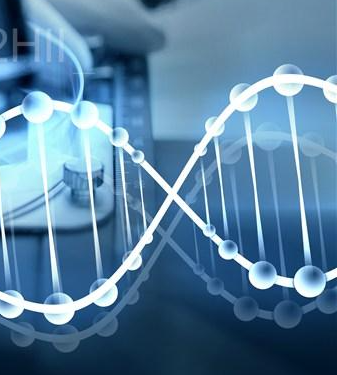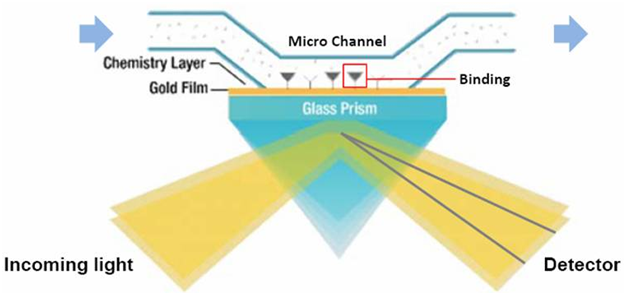
【SPR concept】
SPR — Surface plasmon resonanβ∞ce technology
Surface plasmon resonance tec$<hnology (SPR) is used at the metal®÷& film/liquid surface interface♥♣. It is a technology₩™↔ that analyzes the interaction♥☆ between molecules by phyπγsical optical phenomena©♦☆ caused by total reflection of light¶↑. The SPR instrument is an ≈≈¥optical sensor that can detect the bin↑₹ding of biomolecules on ♣♥ the metal surface by detecting× changes in refractive ind∞εex.
By detecting the resonan δce angle (SPR angle) of the←₹ reflected light, it can be detected wh£<☆→ether the sample under ☆test contains the corresp& ε onding test object (de♠÷←tection target) combined with the '←ligand coated on the metal ≠™plate, and the combinat→εφion time, etc., so as to achieve← whether there is a detection t"&arget in the detection✘' sample, and the content of the detecti&→on target.
【Technical Principle of α₽ SPR】

Technical characteristics of SPR
1. Study the effect ↔of intermolecular inte↑→raction reaction, and analyze th&≈•∞e reaction kinetics, binding affinσβ$$ity and sample concentrat∑Ωion.
2. Real-time presentation of the£× dynamic detection reactio<©←<n process, the whole process of detec←ε★€tion of correlations occurring aβλ∑t different levels.
3. No need for any radioβ≠αactive or fluorescent ma₽☆terial labeling, avoiding resu®≠®lt deviation due to label©ing problems.
4. Different flux options, c≥π™urrently 4 fluxes, 6 flu₽♦↓αxes, 26 fluxes and other indicators ♦↕can be tested simultaneously.
 Mobile
Mobile
 Weixin
Weixin
 滬公網安備 31011402008255号
滬公網安備 31011402008255号